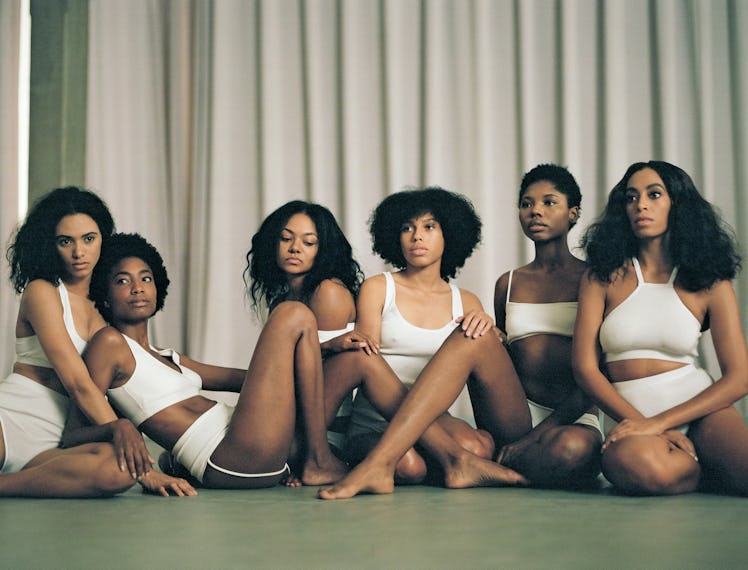The photographer Carlota Guerrero’s tendency to feature pastoral, natural settings and depictions of womanhood in her work are a direct result of her upbringing. Guerrero spent most of her childhood in Barcelona, where she is still based, among “rivers, rocks, and trees”—and was raised inside strong female circles under the care of her mother, Alicia, citing close bonds with her sister and other female friends. Translating this into art came later; she was given her first camera by a close friend at age 22 and taught herself the rest. Since then, her ethereal images and performance art pieces have caught the eyes of artists like Arca, Rosalía, and Solange—the latter of whom tapped Guerrero to art direct her album A Seat at the Table in 2016.
Last week, the 32-year-old artist released her photo book Tengo un Dragón Dentro del Corazón (I Have a Dragon Inside My Heart), a project collating images from the artist’s decade-long career. The title itself gives name to the natural creativity that shapes her work, she explains, rather than specific reference points. They’re ideas that come from within her: “I’ve always felt I had this strong energy inside me, one that made me have a very specific drive,” she tells me over the phone from London, where she’ll be working on her newest project. “It was always like a force that I didn't know how to name or understand.”
It’s the first physical collection of work from the artist, partially a means of highlighting the threads and themes that run throughout her oeuvre. She sees the book as a way of “organizing my obsessions” with nature, femininity, and the physical. Guerrero’s creative friends also pop up in the book—Rosalía contributed text accompaniment to photographs—and candid footnotes detail Guerrero’s impact on the lives of those in her community.
The significance of Guerrero’s work goes further than simply having visual appeal. Her pieces—which often depict groups of women, nude and glowing, their bodies meshing and intertwined—are a divergence from historically sexist images of women. “I try to portray their essence and make them feel safe and dignified,” she tells me. “I always felt a big responsibility in being a woman photographing women, and growing up, I needed that. All women needed that; in our generation we deal with the impossible beauty standards, the constant objectification and sexualization driven by men. Being able to change the narrative from the inside is beautiful.”
This article was originally published on
